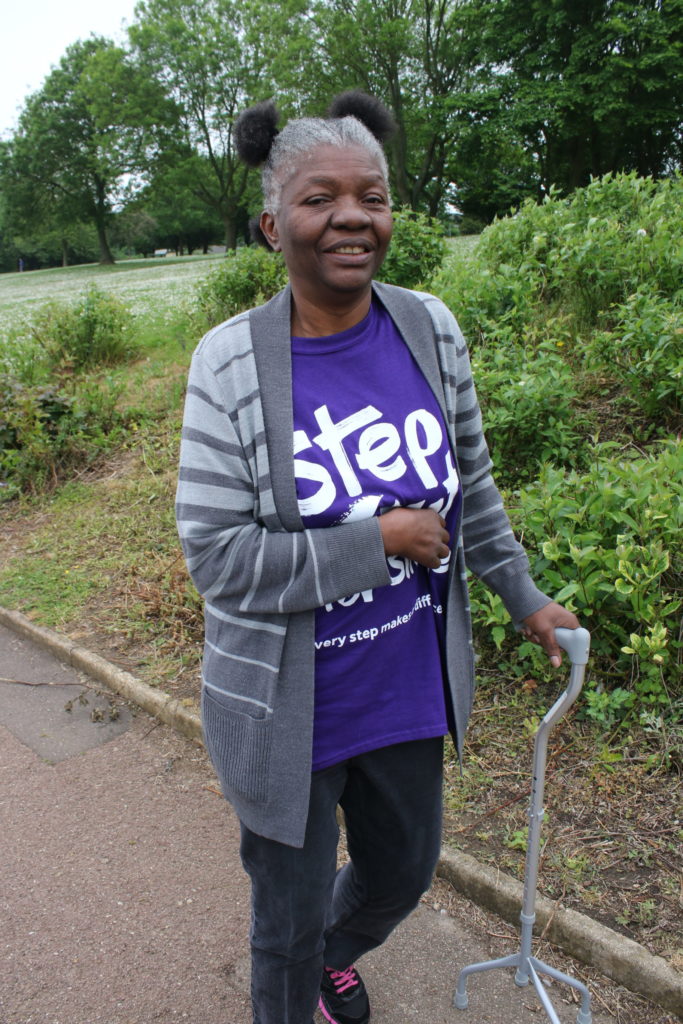You will find the real cause of the stroke quite shocking. Most people think that high blood pressure leads to strokes and many people take medication to lower it. After all, high blood pressure (hypertension) is known as the silent killer (Secondscount, 2013). In an effort to lower my blood pressure I was put on amlodipine and ramipril and I had a stroke-in-progression.

Why did I have a stroke
A stroke was the last thing I expected to suffer from. I’d actually taken time off from work so that my GP could take the time to bring my blood pressure down. He managed to reduce it to 180 mmHg systolic (upper reading) and 100 mmHg diastolic (lower reading) using the tablets amlodipine and ramipril. Six weeks later, I had the stroke. In this case the problem was with the tablets I was put on not with the blood pressure itself. How could I have had a stroke when my blood pressure had come down?
What the manufacturer says
The manufacturer’s patient information leaflet (Sanofi, 2018) for ramipril actually states that: to reduce the risk of you having a heart attack or stroke the starting dose should be 2.5 mg once daily.
I started off by taking 5 mg ramipril daily but the cardiology department thought this was too low. So within a month I went from 5 to 10 mg ramipril.
In the same leaflet but further down you are urged to: tell your doctor immediately if you experience a heart attack and stroke.
So I was a victim of ramipril and it would appear that neither the GPs, nor the Stroke Consultants nor my doctors on the ward knew this. I didn’t even know that I could get a stroke and I did not know that I should tell my GP about it.
What the NHS says about ramipril
The NHS lists one of the serious side effects of ramipril as weak arms and legs or problems speaking and these can be signs of a stroke. It goes on to say that if you suspect that you or someone else is having a stroke, phone 999 immediately and ask for an ambulance. So even the NHS is aware that ramipril can be the real cause of stroke and yet they encourage this drug to be prescribed to the unsuspecting public.
Description of Stroke
The stroke started with my eyes. The left eye and the right eye were no longer in sync. In my left eye the vision was double whereas in my right eye the vision was blurred. Furthermore, one eye looked up while the other looked towards the nose. This occurred first thing in the morning, around 09:00. By 15:00 hours, I had to close one eye in order to see with the other.
At 16:00 my husband took me to Accident and Emergency (A & E). I was able to walk and do everything else at this time. It was only in the early hours of the following morning, more than 12 hours later, that a doctor told me I was having a stroke. At this time, I could still use my arms and legs. The rest of the stroke manifested over time, with the worst (the right arm and right leg no longer able to function) occurring four days later.
Seizures
I had 2 generalised seizures (previously known as grand mal) within a week of admission and was taken off ramipril because, as the doctor said, ramipril was known for causing seizures.
Why was I ever put on this drug?
It was assumed that the seizures would stop when I was taken off ramipril. No-one bothered to check if this was true. I continued to have 5 or 6 very brief shudders daily usually in the early evening. I was still having them 2 years later. However, they were so brief that I never mentioned them to the stroke team.
After the Stroke
My blood pressure remained high at 4 weeks when I was discharged from the stroke ward. I was discharged from the rehabilitation centre a further 6 weeks later but my blood pressure had not changed. The systolic pressure was around 180 mmHg.
During rehabilitation, I was put on candesartan medication and they continued to increase it until I was taking 32 mg per day to no avail. They then put me on 2.5 mg bisoprolol gradually increasing it to 7.5 mg to no avail. All this was on top of the amlodipine which I’d already been taking. I was discharged with a systolic blood pressure that was too high.
GP Intervention
My GP was not very happy with my BP. He put me on indapamide but my systolic pressure remained high. A month later he added spirinolactone to the mix. Suddenly my blood pressure, both systolic and diastolic, was normal even two months later when my GP did his check up. He was reluctant to stop any of the other BP medications (I was now taking 5 tablets for hypertension).
Bibliography
NHS (2018) Amlodipine Weblog. Available from: https://www.nhs.uk/medicines/amlodipine/ [Accessed 9th April 2019]
NHS (2018) Bisoprolol Weblog. Available from: https://www.nhs.uk/medicines/bisoprolol/ [Accessed 9th April 2019]
NHS (2018) Candesartan Weblog. Available from: https://www.nhs.uk/medicines/candesartan/ [Accessed 9th April 2019]
NHS (2018) Ramipril Weblog. Available from: https://www.nhs.uk/medicines/ramipril/ [Accessed 9th April 2019]
Sanofi (2018) Package leaflet: Ramipril 1.25 mg, 2.5 mg, 5 mg and 10 mg tablets, Scoppito Italy, Sanofi
Secondscount (2013) High Blood Pressure & Your Health: Managing the Silent Killer Weblog. Available from: http://www.secondscount.org/treatments/treatments-detail-2/high-blood-pressure–your-health-managing-silent-k-2#.XKyZeOv0nVq [Accessed 9th April 2019]

